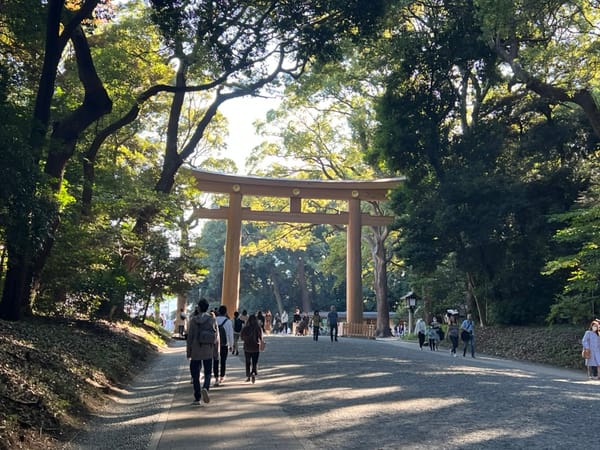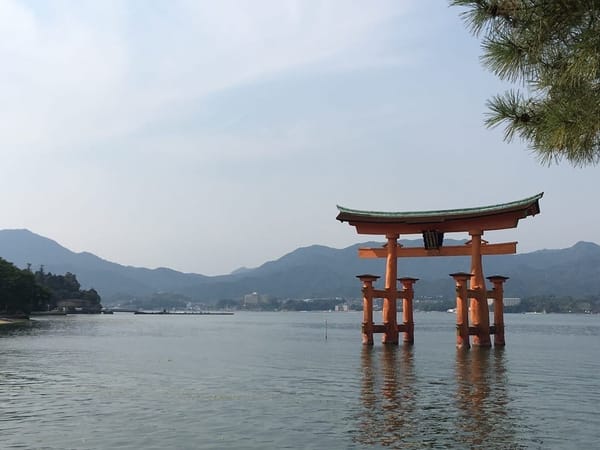Baring it all in the onsen
Your first visit to an onsen in Japan can be daunting. Set aside your worries about being naked and get familiar with some basic rules, and your visit will be a relaxing and memorable one.
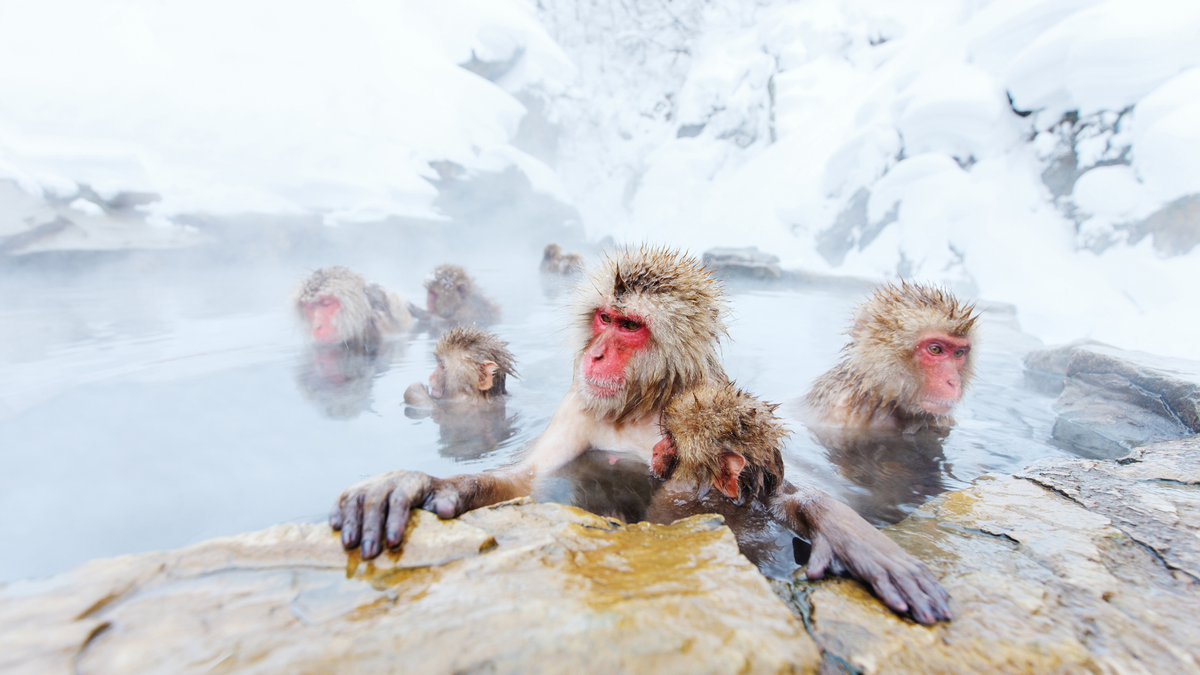
One of my favourite things to do while in Japan is block out a few hours and soak in an onsen. This could be a tiny decades-old bath in Kyoto, or a 'super onsen' in Tokyo.
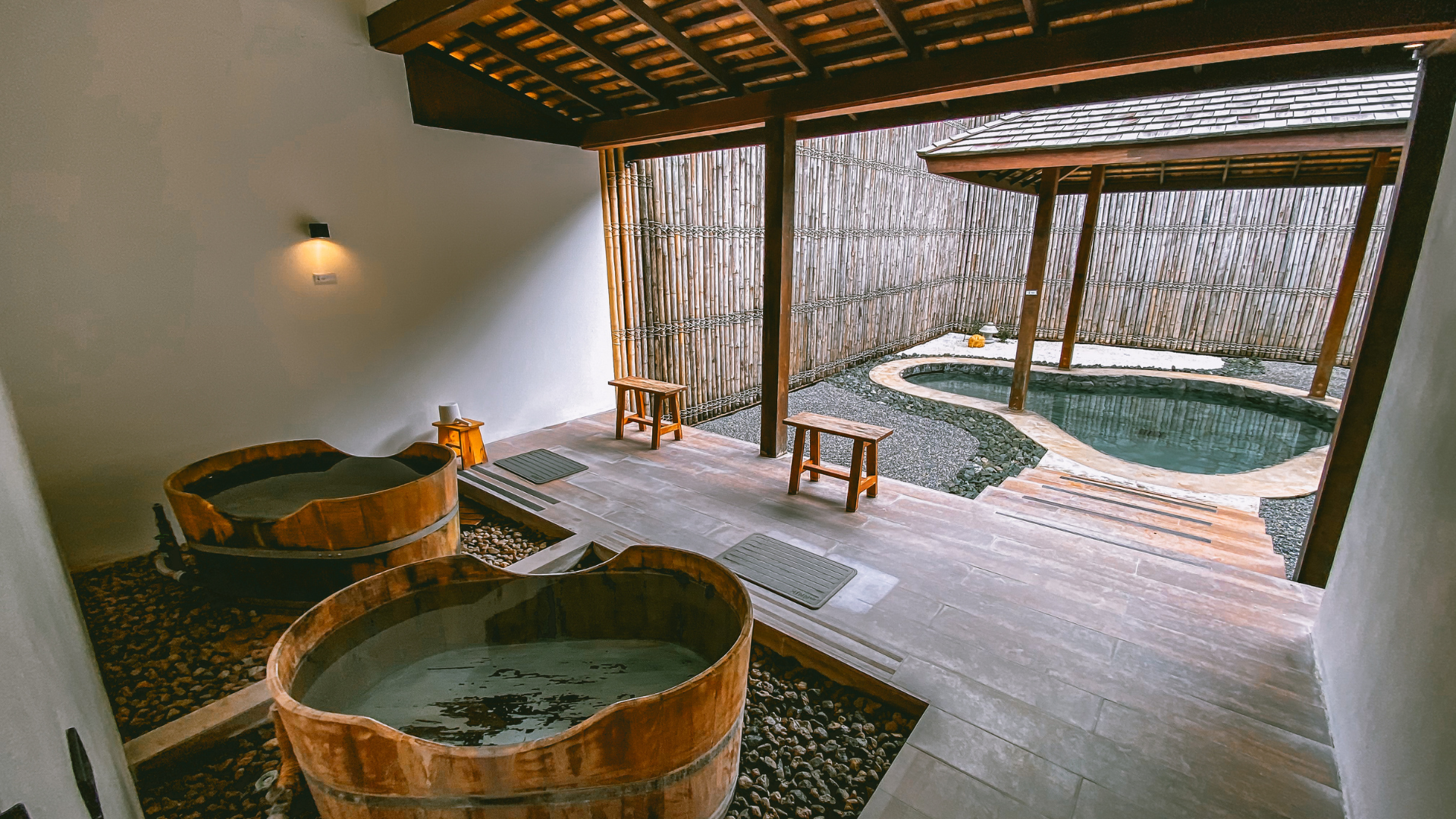
The experience is similar: long periods of time spent soaking in communal baths and letting my cares disappear and the aches on my muscles vanish. For me, it's like a complete disconnect from the modern world and a break from the pace of everything else going on around me.
If you're reading this, you've probably already realised that you need to be naked while using an onsen in Japan. And for a lot of people, this can be awkward or even anxiety-inducing. I'd like to put this into context and share a few pointers, so that your first visit to a Japanese onsen is an enjoyable one.
It's all about context
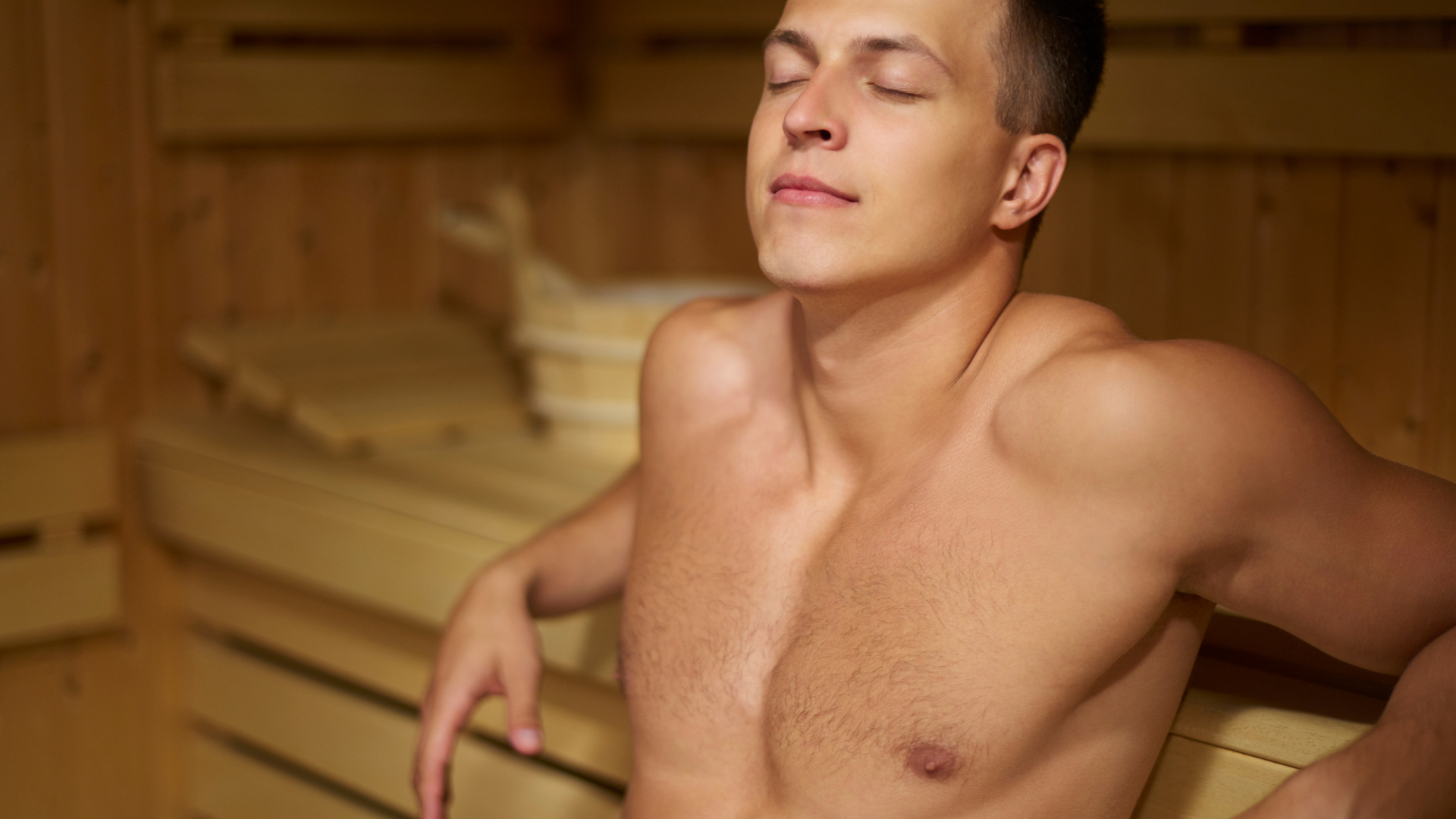
First of all, the taboo against nudity is far from universal and societal norms differ from place to place. In my experience, I've found the UK to be generally against nudity in saunas and spas, whereas in Germany there's naked sunbathing in the parks, and mixed-gender naked saunas. Yes, it pays to read the signs before you walk in! But I'd go back to those saunas in Berlin in a flash, now that I know what to expect.
In Japan, it's overwhelmingly gender-specific nudity, and strictly in context. You get naked in the onsen or sento, but not really anywhere else! I've not encountered naked sunbathing on beaches and I'm not sure if it's even a thing in Japan. Nudity in the onsen is most definitely not sexual, it's about cleanliness and relaxation.
The thing about being naked with strangers is that the awkwardness disappears far quicker than you'd imagine. Honestly, I can tell you now: nobody is the least interested in your body. They're all just focused on their own bathing experience.
Don't miss out on a beautiful and relaxing experience just because you don't want others to see your body. It's an incredibly liberating experience and research has even demonstrated that nudity is good for your mental health. The anxiety or simply awkwardness evaporates once you're soaking in one of the baths. And by the time you leave, it'll feel strange putting clothes back on!
It's not that complicated
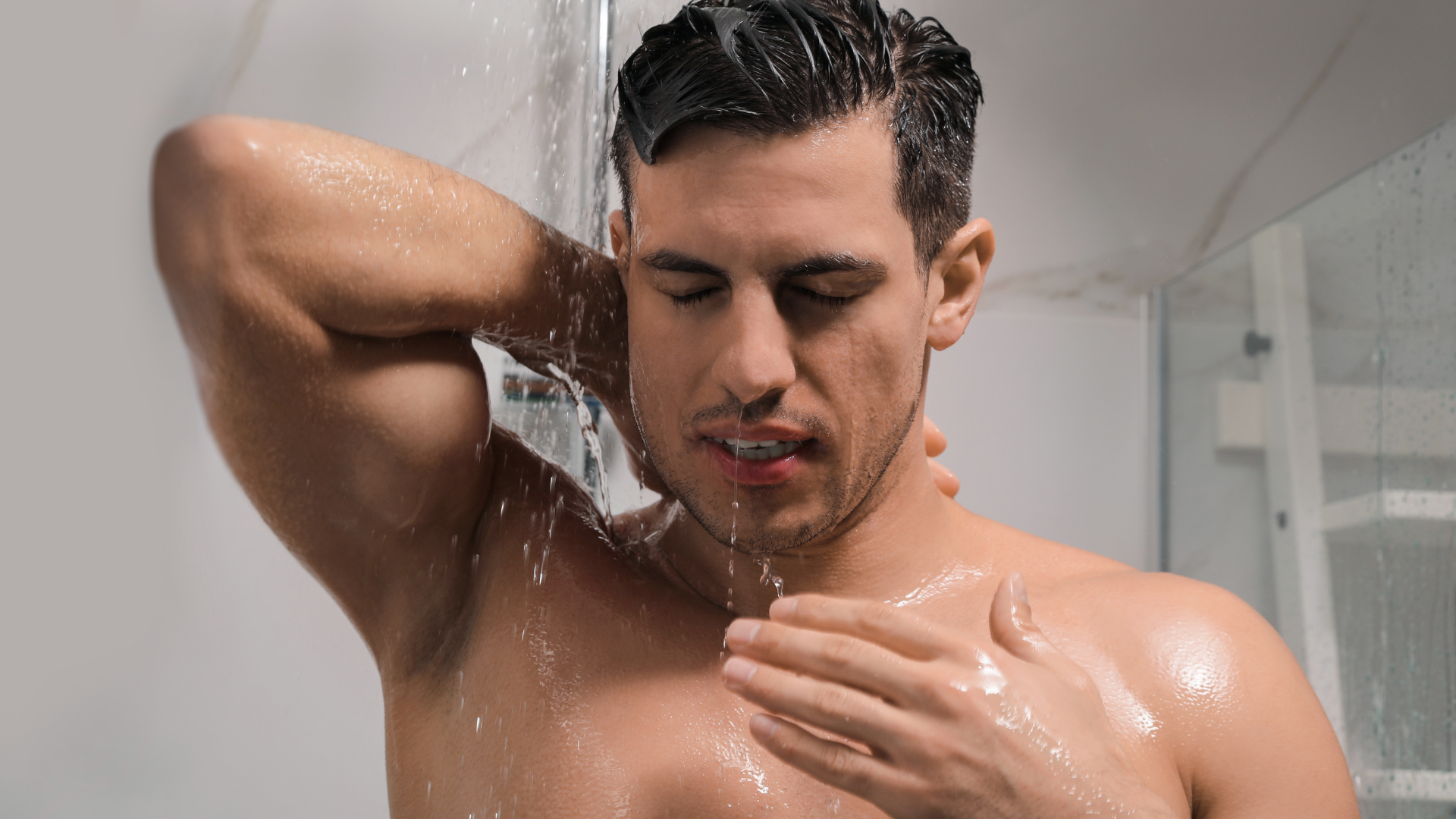
In the more than ten years since i've been visiting Japan, I've noticed more and more onsen venues providing instructions in English, usually using diagrams and cartoons to make their point. The reason is that there's a process to follow, which is a bit more involved than going to your local swimming pool, for example.
It generally goes something like this:
1 - Remove your shoes as soon as you enter the building and put them in an empty shoe locker.
2 - Go to reception and pay the entry fee, collecting your bag of lounge wear and towels.
3 - Take this to the locker room, making sure you go into the correct one. These are usually colour-coded: blue for men and red or pink for women.
4 - Undress and then lock everything up safely, making sure to bring your key with you. It will probably be on an elastic strap you can wear around your wrist.
5 - Head to the 'wet' area, sit down on a stool, and wash yourself thoroughly from head to toe. Rinse off thoroughly and then...
6 - Start relaxing in the hot, hot water...
There will be differences from venue to venue. For example, some more modern ones will give you an electronic bracelet you can use to open and close your locker. Often, these can also be used to buy drinks while you're there. So you only pay on the way out, when they tot up all the things you've charged to your bracelet. It's super handy.
In other venues, the colour of the lounge wear you're given indicates which areas you can access - some more elaborate and high-end spa experiences require additional payment. The easiest way to tell if you've booked this or can enter, is to check the colour of your loungewear.
And that loungewear? It's to enable you to wander around the venue between soaks, using the restaurant and relaxation spaces, without having to get dressed in your 'street clothes'.
Plan ahead
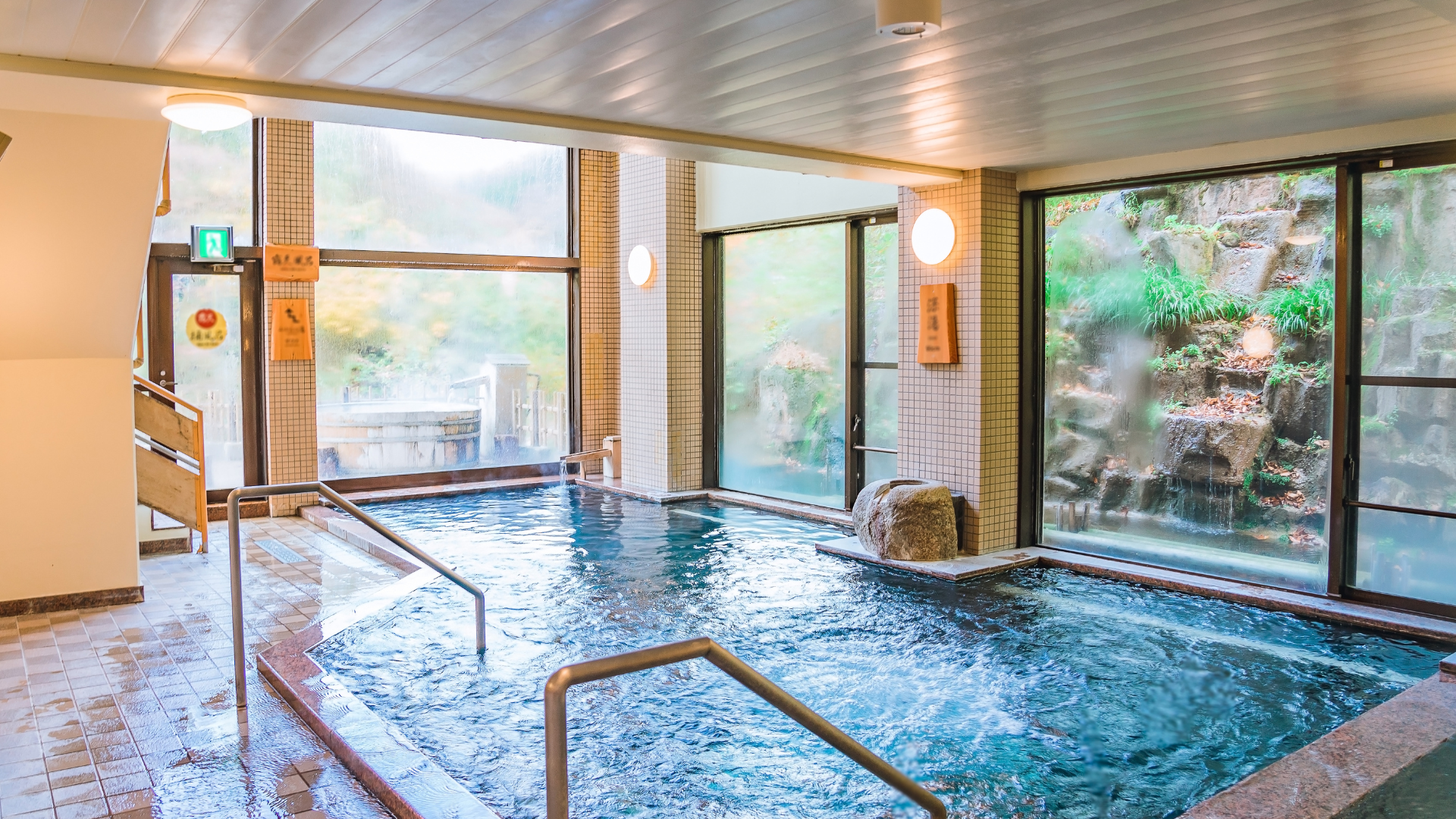
The best thing you can do is check the website of the onsen you're planning to visit and see what their process is. Here's an example from one of my favourites in Tokyo, Thermae-Yu. Once you're familiarised, it'll remove a lot of the 'newbie anxiety' you might be feeling. And if in doubt while you're there, just observe what everyone is doing and copy them.
In all my years of visiting onsens, I've found other customers to be overwhelmingly friendly and helpful. I've had to ask for help from time to time - like finding a replacement towel, or locating the water fountain for a cool-down drink. Smile, flex your Japanese vocab and you'll get the help you need!
Avoid at all costs!!
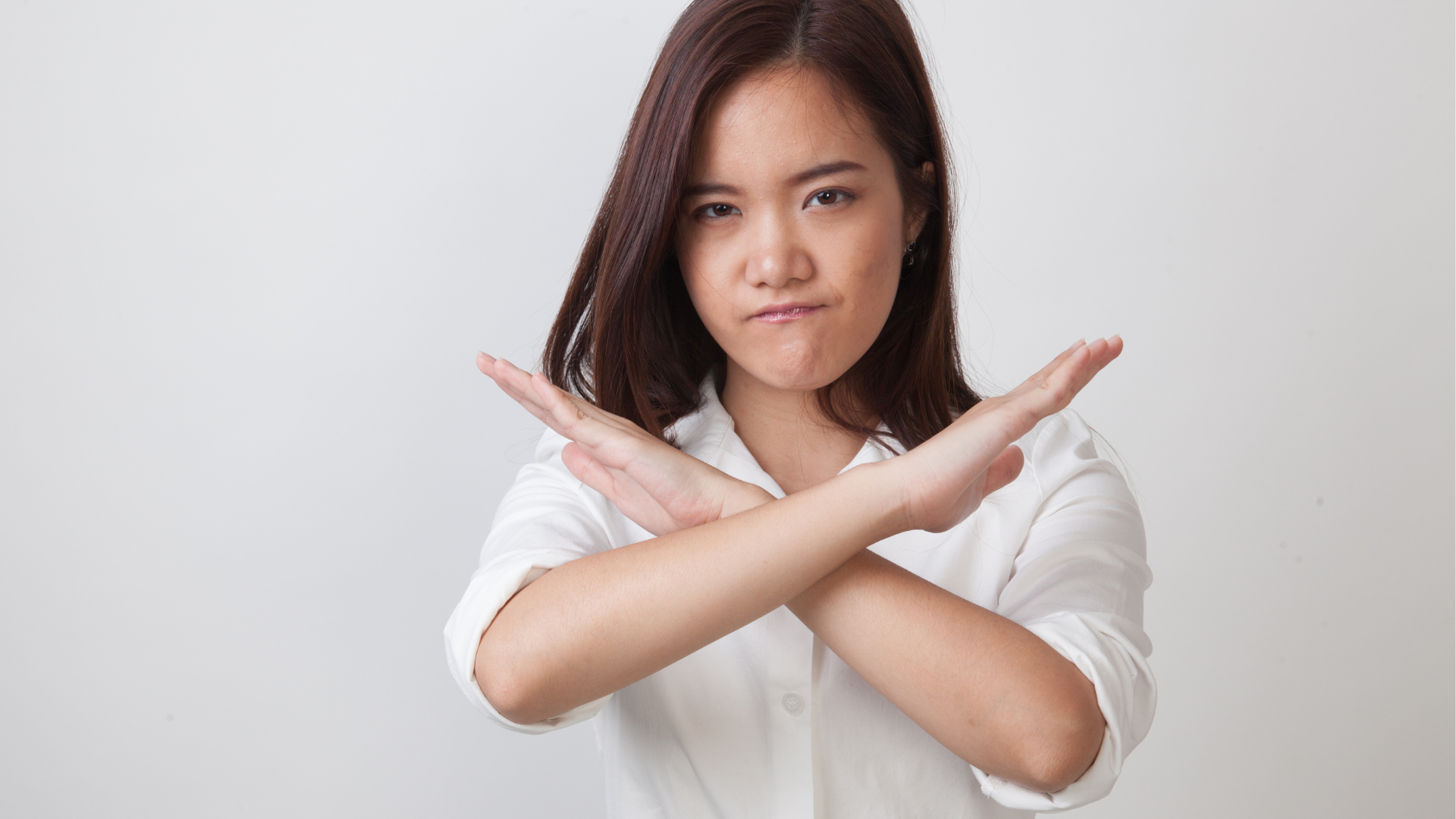
The major no-no's are normally called out in posters and sometimes even in a handout at reception if it's your first visit. Don't be offended if the person at reception wants to walk you through instructions on a laminated card. Let me summarise the main faux pas to avoid:
- Wash yourself like your life depends on it before setting foot in the bath. You need to be clean before bathing, as there are no chemicals in the baths to clean the water.
- Don't attempt to wear anything in the water. Honestly, nobody cares what your body looks like. And your swim shorts will just bring in bacteria to the water. You'll be given a very small 'modesty towel' in most places, which you can drape in front of you as you walk from bath to bath. Just don't get it wet in the bath.
- Don't stare. You'll see a variety of bodies and body shapes. It's all human and even though you might see something new to you, it's none of your business. Actually, this is basically good advice for all naked / naturist environments.
- Don't dip your head under the surface of the water or wash your hair in the bath. If you have long hair, make sure it's tied up above your head.
- Don't make noise or splash around in the water. It's a place to relax, not to act like you're in the hotel pool.
- Don't bring your phone or camera. This is not a place to take selfies or film your onsen experience. Nobody else wants to appear in your pics, and it's an invasion of privacy. Leave them in your locker.
This might sound like a lot of rules. But following them contributes to the peaceful and respectful atmosphere of the onsen, making it something rather special. Breaking them contributes to the Japanese perception that foreign visitors can't behave properly in public.
The inevitable question of tattoos
There's a fairly standard rule against tattoos when using these kinds of places. It's not about you, it's about what tattoos represent in Japanese culture. Unless you're covered in them, you can use a plaster (available in places like Don Quijote) to cover them and you'll be fine.
Another approach is to look for places where you can book a private onsen and, because you won't be visible to other patrons, it's not an issue at all. I can't speak to any of this in detail because I don't have any tattoos. But I've helped a friend with the tattoo-covering plasters from Don Quijote and they worked a treat.
What else?!
What have I left out? How have your onsen visits been? If you haven't tried it before, would you consider it? What can I answer for you? I'd love to hear from you, so get in touch with any questions or suggestions.

